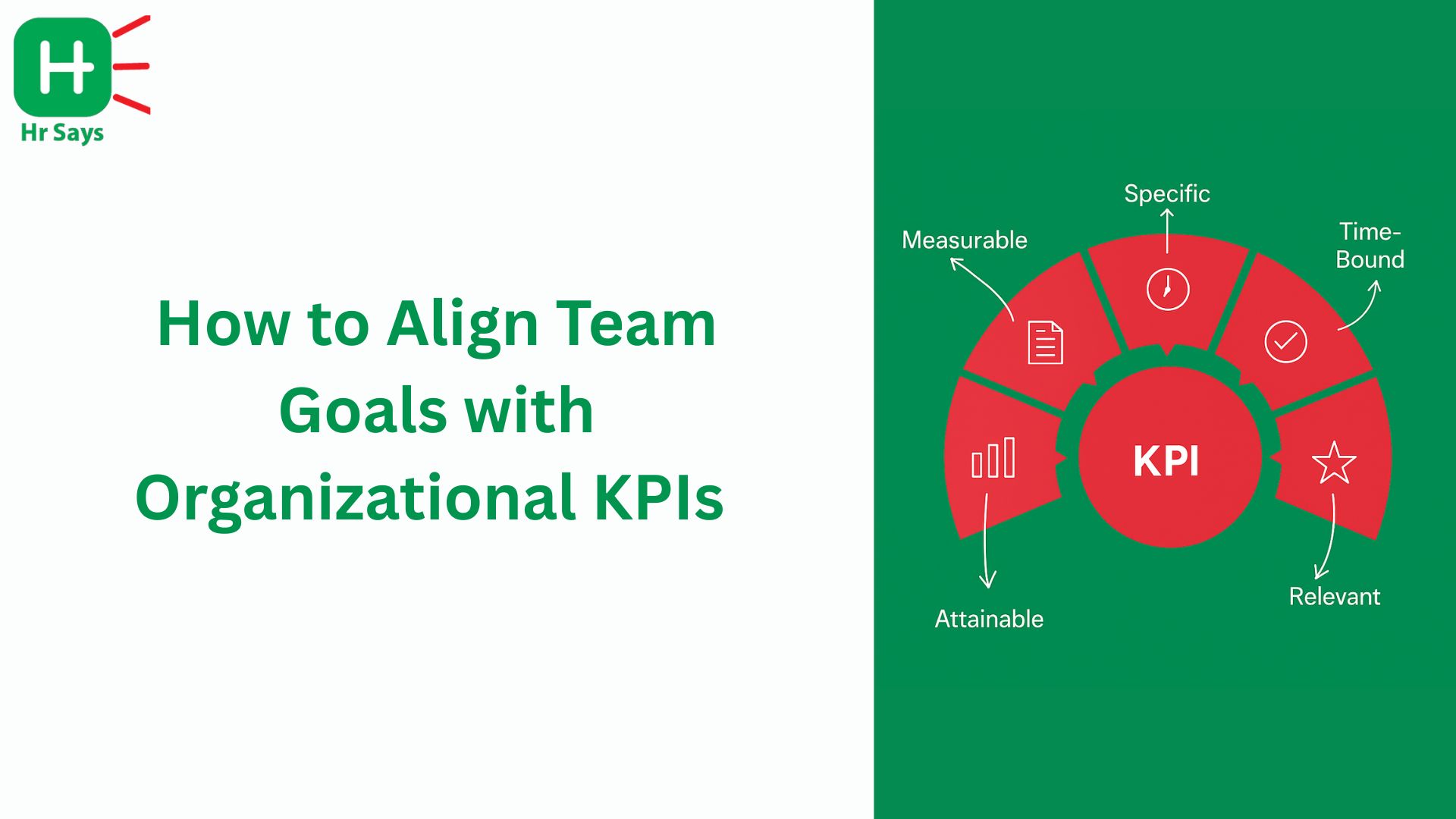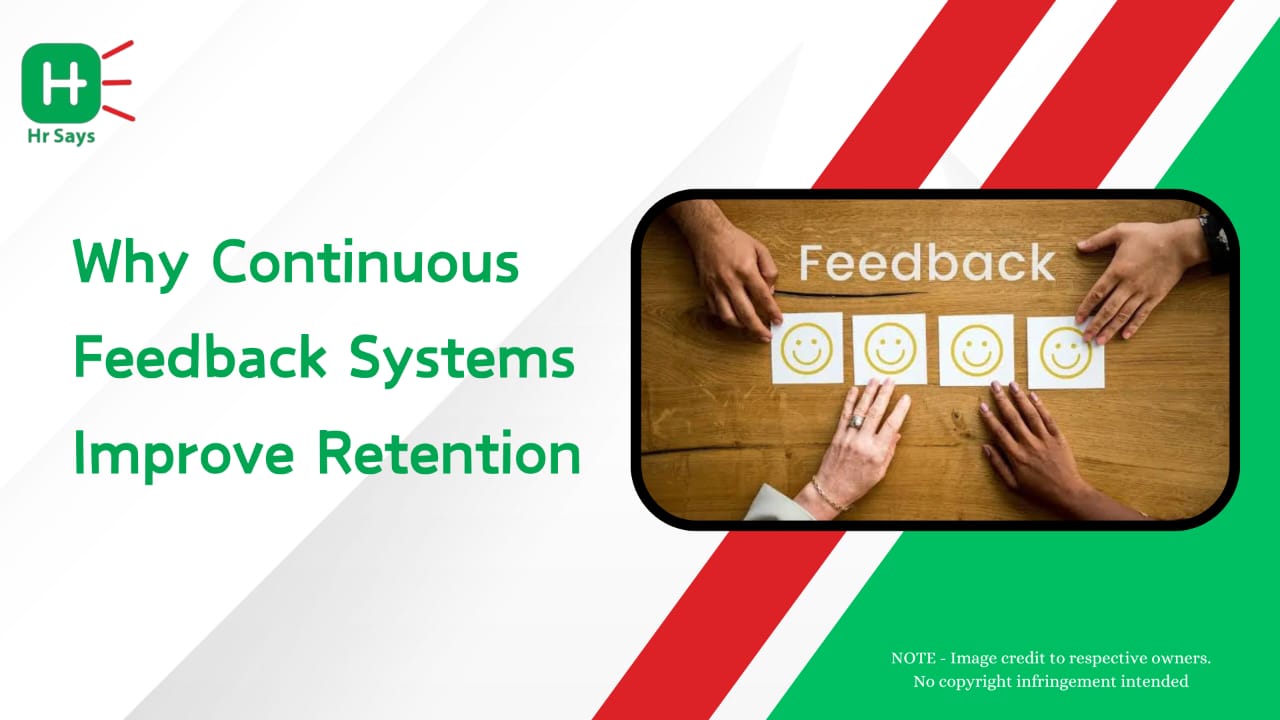Have you ever asked yourself why leadership teams are yet to have sufficient women despite decades of progress? The fact is that surviving is not the issue of women's leadership pipeline, but the reconstruction of structures to encourage growth, opportunity, and equity. The HR also takes the front seat in developing this change.
Why Women Leadership Matters
Women have different ideas and views of leadership. Organizations have greater innovation and cooperation when their voices are heard in the process of decision-making. However, they may be hampered by something when achieving the top ranks. HR needs to put in place channels that eliminate such factors and provide the same opportunities to improve.
Identifying the Barriers
Before solutions can be created, challenges must be understood. Many women face systemic hurdles at work that limit their rise. By identifying these early, HR can make interventions more impactful. Key barriers include:
● Limited access to mentorship and sponsorship opportunities
● Bias in promotions and performance evaluations
● Lack of flexible work policies that support work-life balance
● Gender stereotypes that affect leadership perception
Building Structured Leadership Programs
A strong leadership pipeline does not appear overnight. It requires structured, well-designed programs that prepare women for higher responsibilities. HR teams can build such frameworks by:
● Offering leadership development workshops
● Creating rotational assignments for exposure to diverse roles
● Introducing mentorship circles that connect junior women with senior leaders
● Encouraging sponsorship programs where leaders advocate for women’s career growth
Each initiative must be aligned with organizational goals while keeping inclusivity at the core.
Role of Mentorship and Sponsorship
Mentorship is about guidance. Sponsorship is about advocacy. HR should nurture both. Women who have mentors gain confidence and clarity in their career paths. Those with sponsors often reach leadership faster because someone influential is actively supporting their progress. Establishing structured programs ensures these relationships are not left to chance.
Policy and Culture Alignment
Policies set the tone, but culture drives acceptance. A flexible work environment, parental leave policies, and unbiased evaluation systems allow women to focus on leadership goals without being held back by outdated norms. Culture must encourage women to take risks, voice ideas, and step into leadership spaces confidently.
Tracking Progress and Accountability
Building women leadership pipelines is not a one-time project. HR must track progress, measure impact, and hold leaders accountable. Regular audits, feedback systems, and transparent reporting can ensure efforts are not symbolic but meaningful. Progress should be celebrated, but gaps must be addressed honestly.
Conclusion
The path to building women leadership pipelines is layered, but possible. HR must champion structures that open doors, break barriers, and normalize women in leadership roles. When done right, organizations benefit from diverse thought, stronger engagement, and resilient growth.
.jpeg)
 HR builds women leadership pipelines by removing barriers, introducing mentorship and sponsorship programs, aligning policies with inclusive culture, and ensuring accountability. A
structured, human-centered approach creates lasting opportunities for women to step into leadership roles.
HR builds women leadership pipelines by removing barriers, introducing mentorship and sponsorship programs, aligning policies with inclusive culture, and ensuring accountability. A
structured, human-centered approach creates lasting opportunities for women to step into leadership roles.




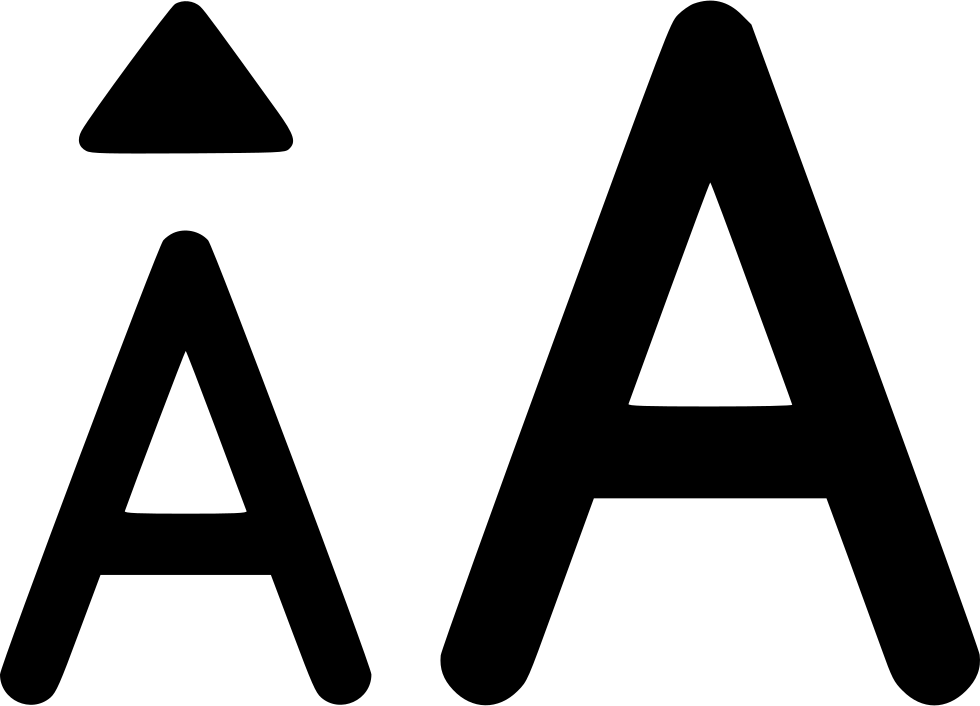



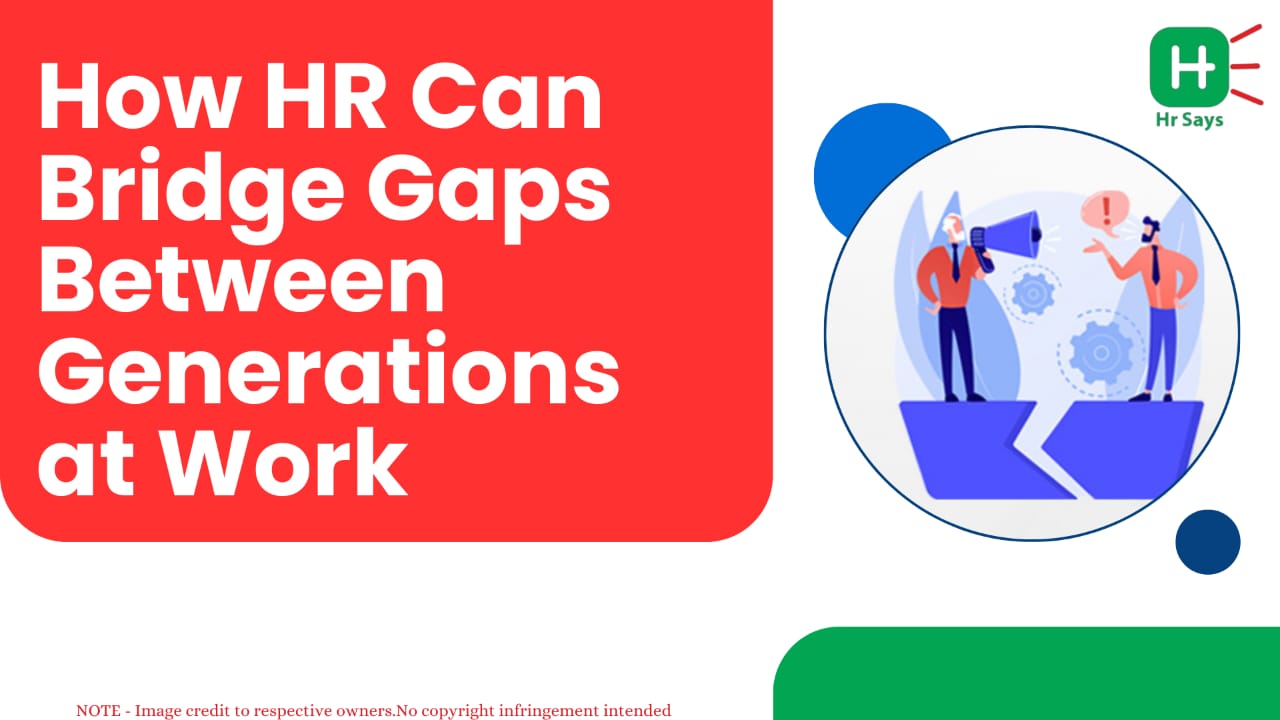
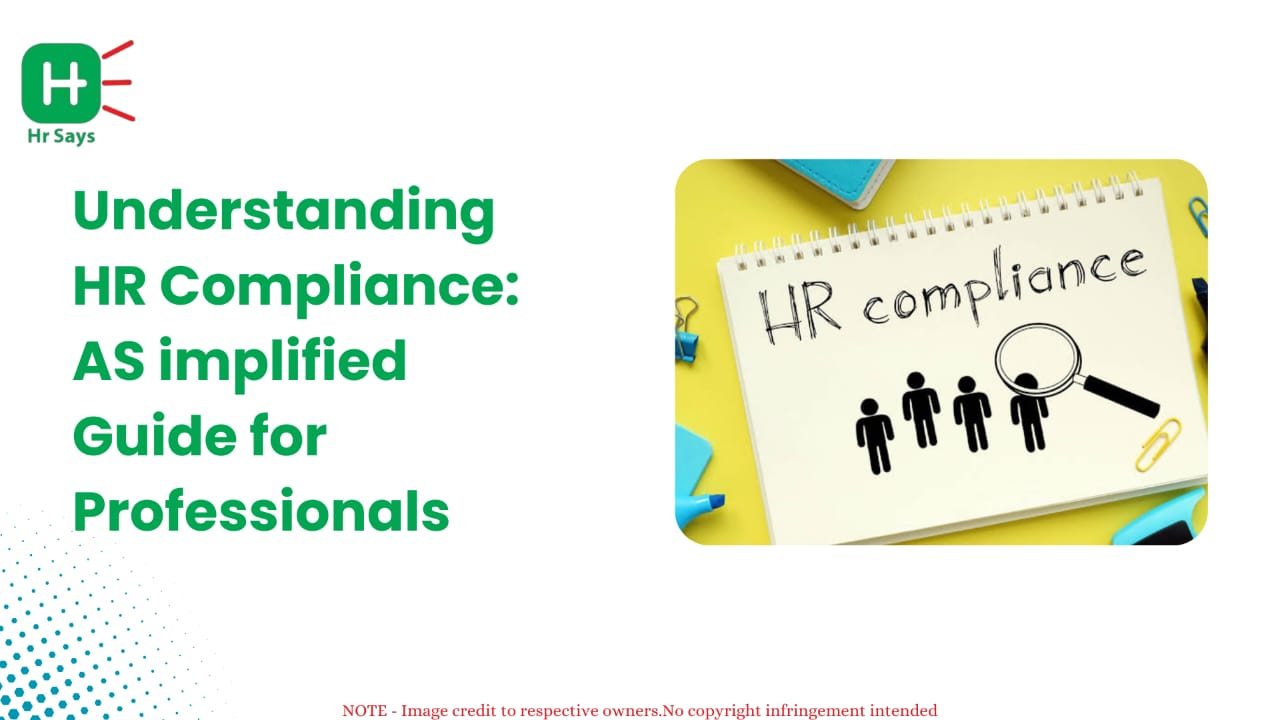

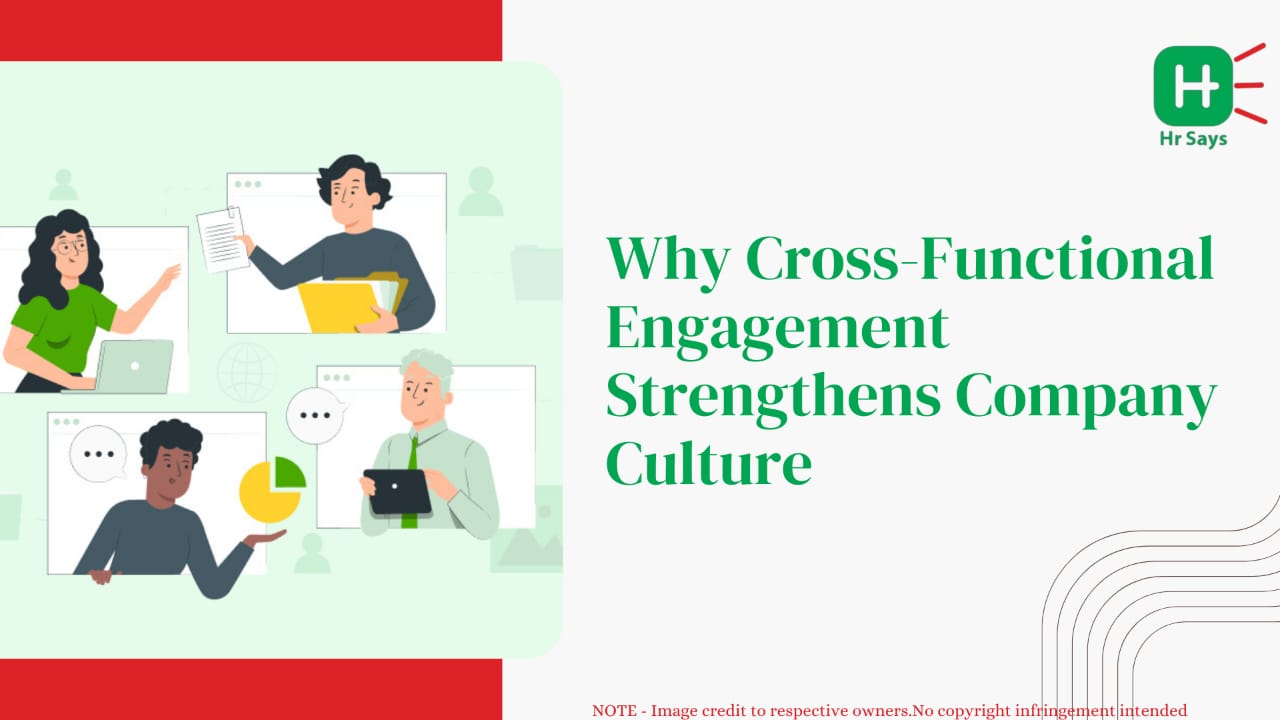

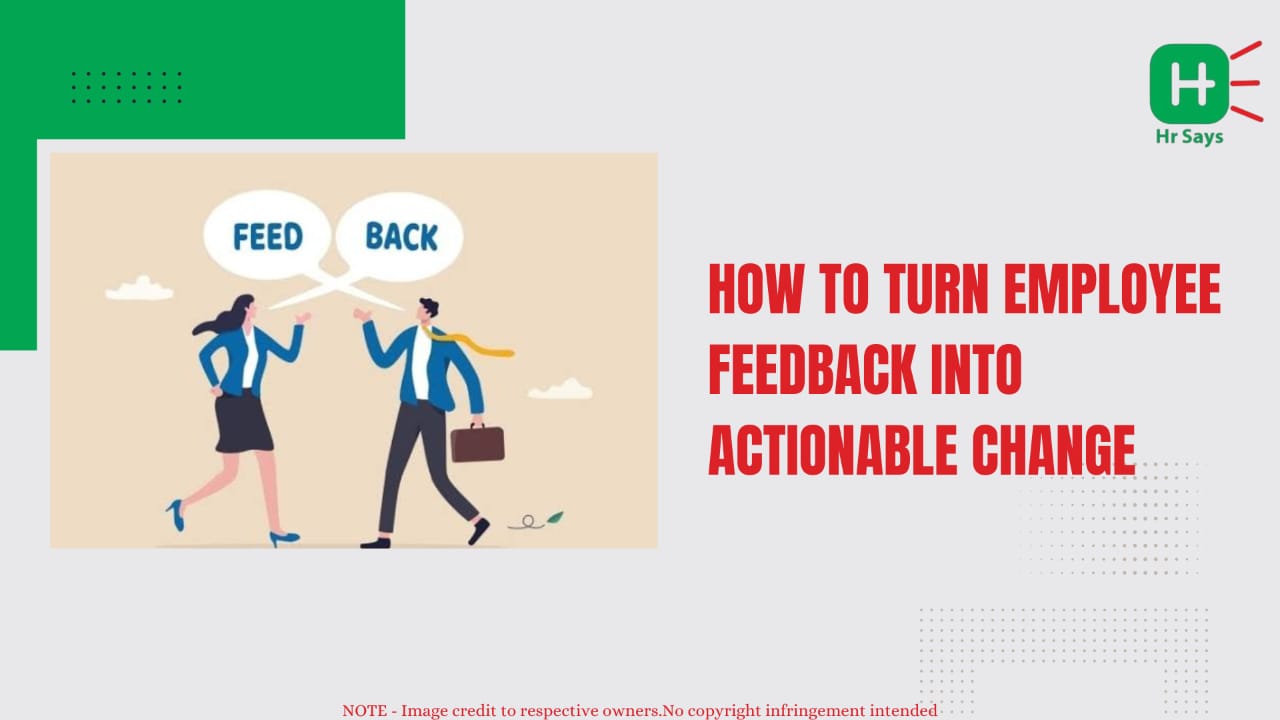


.jpeg)
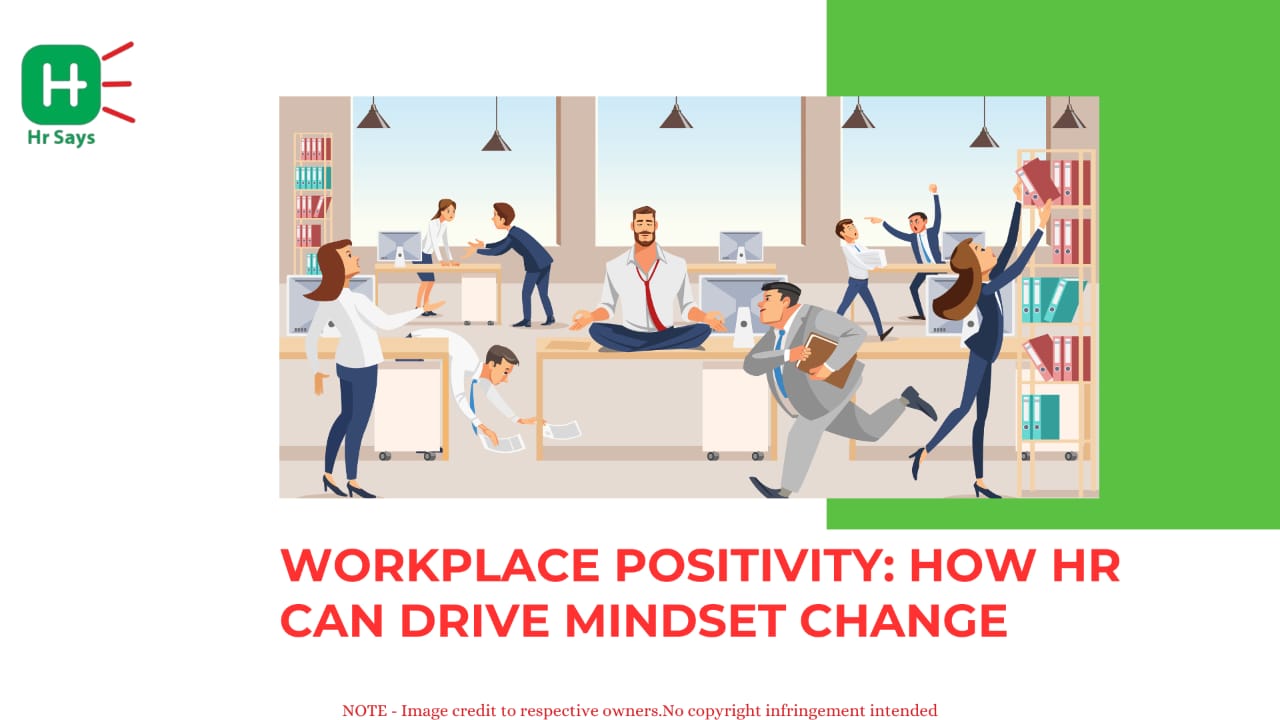


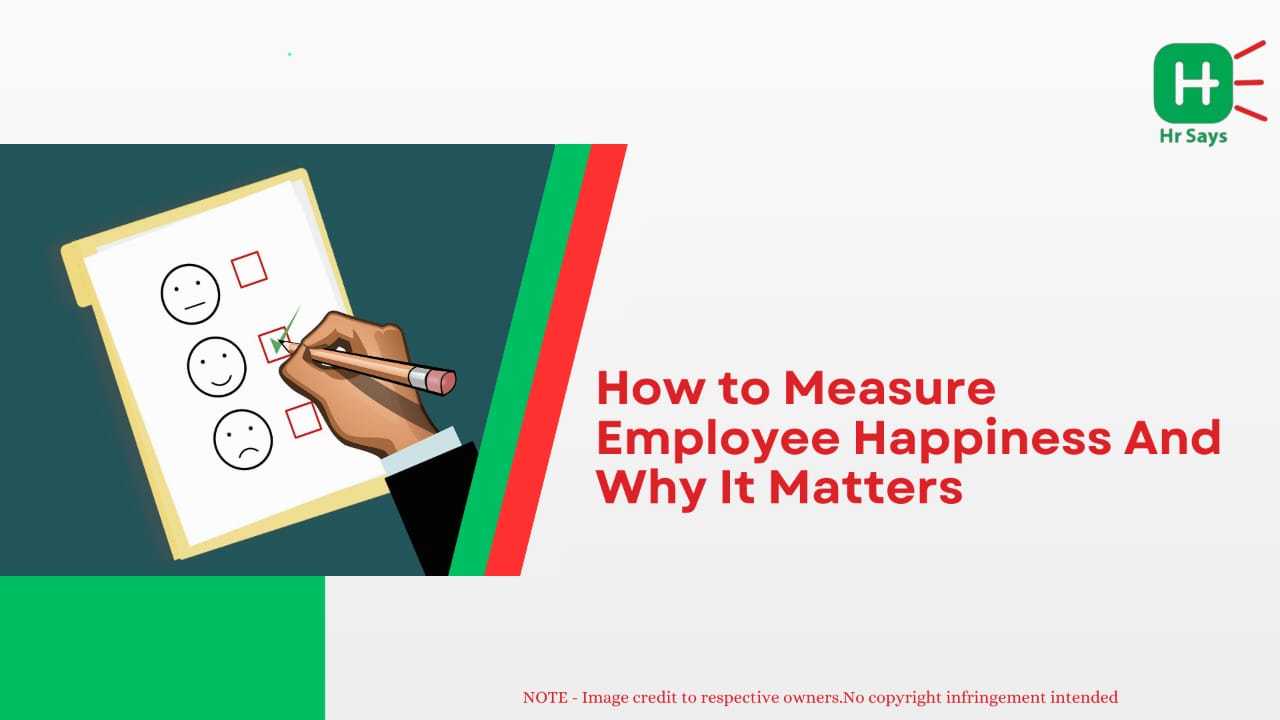

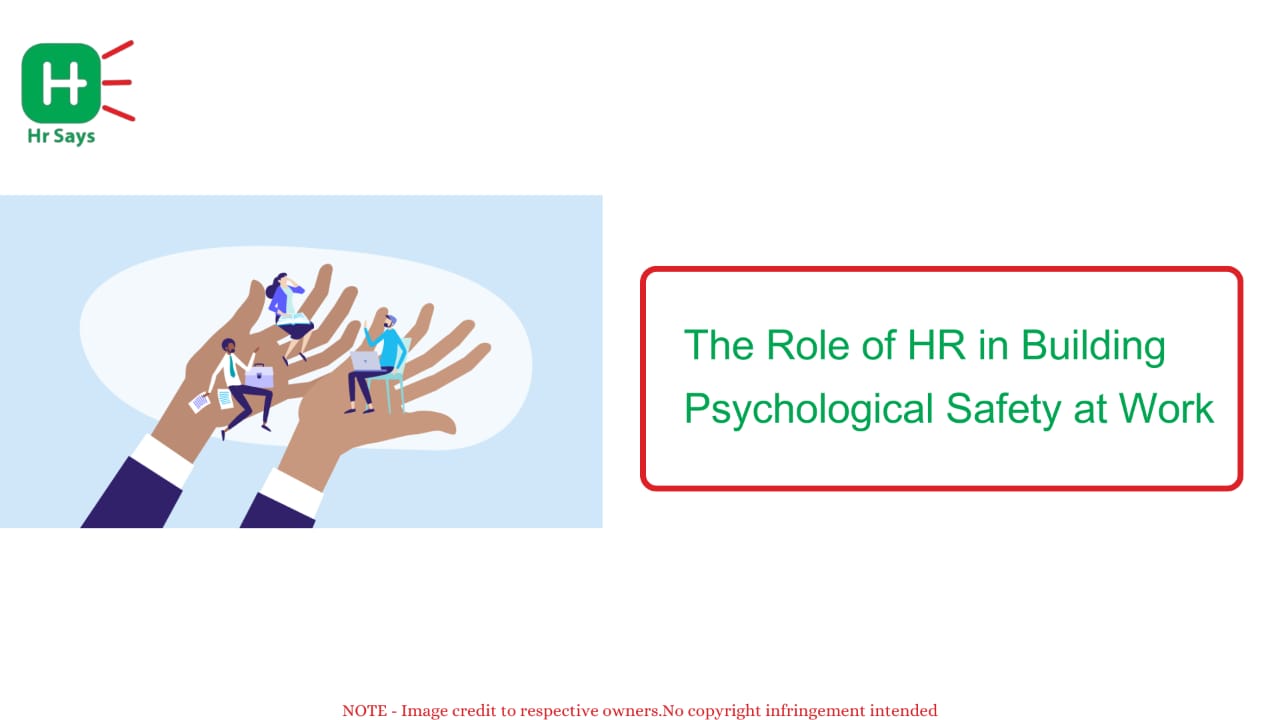
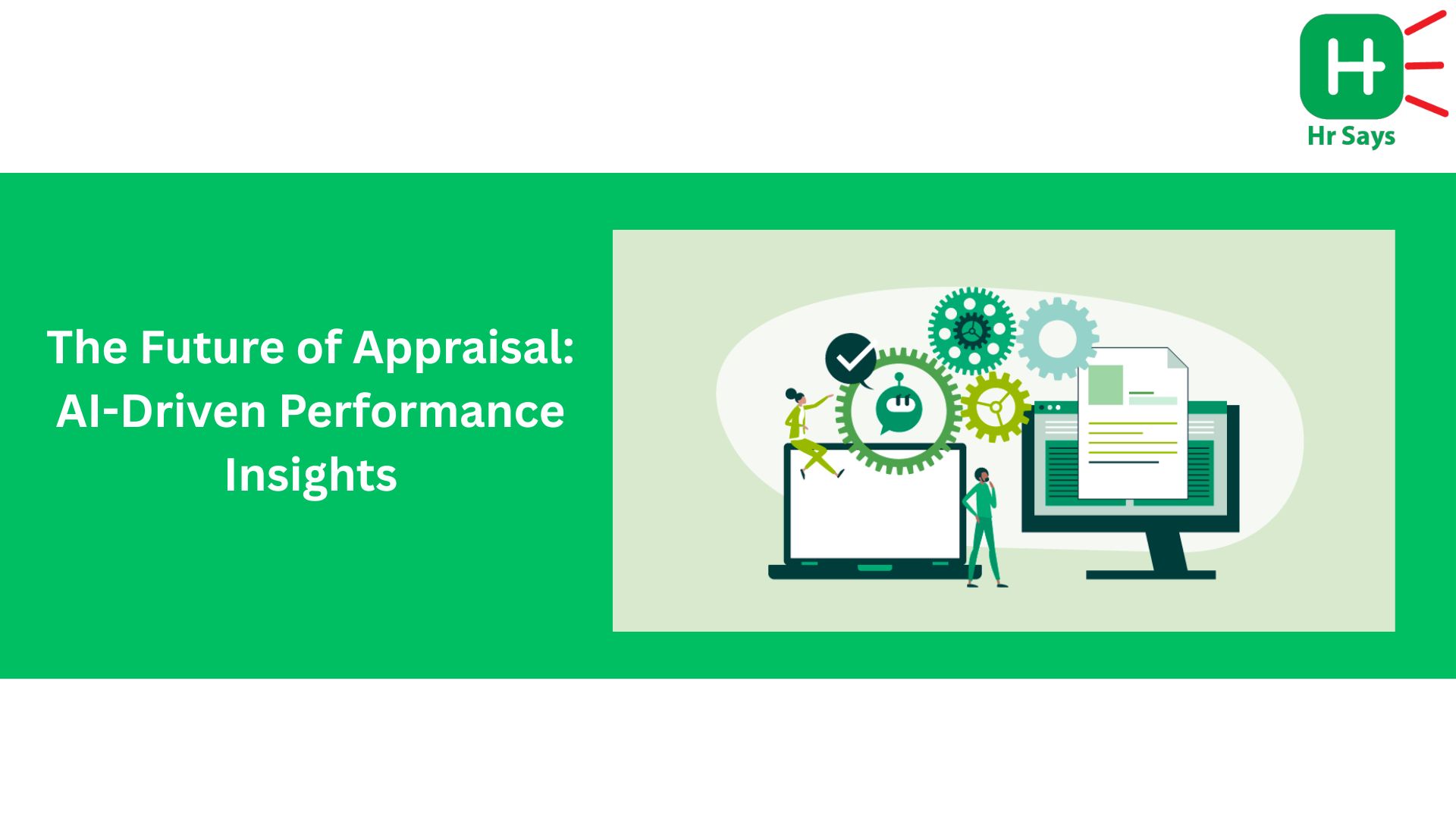
.jpg)
